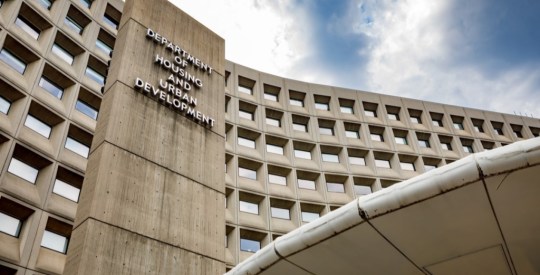A rule proposed Tuesday from the Federal Deposit Insurance Corp. would clarify how it liquidates failed banks going forward and could give it the authority to recoup compensation from the executives at those institutions. Title II under the Dodd-Frank Act required the FDIC to write new rules under its Orderly Liquidation Authority, or OLA. The proposal provides further guidance on the priority of payments for creditors, shareholders and insurance companies that were laid out in an interim rule announced in October. It also adds how the FDIC can pursue executives deemed responsible for the failure of the bank. “The FDIC as receiver may recover from senior executives and directors who were substantially responsible for the failed condition of a covered financial company any compensation that they received during the two-year period preceding the date on which the FDIC was appointed as receiver of the covered financial company, or during an unlimited time period in the case of fraud,” according to the proposal. Once it takes a bank into receivership, the FDIC will investigate how the senior executive or director performed and the results of his or her performance. To be held responsible, the FDIC must prove that any losses that came from poor performance “materially contributed” to the bank’s failure. The FDIC is currently considering different benchmarks for making that determination. These could include assets, net worth and capital, the percentage or magnitude of the loss. It is currently taking comments for how to establish the benchmarks. The proposal is part of an effort to hold those running these companies responsible for taxpayer cost. The most recent example is Raymond Bowman, the former vice president and director of secondary marketing at the now defunct Taylor, Bean & Whitaker. He pleaded guilty this week to taking part in a scheme that ultimately led to $2 billion in losses at the bank. The latest proposal also provides a “road map” for which claims are paid first. Priority is given to 11 different classes of claims. The top claims will be paid out before the ones below it, according to the proposal. Payouts will go first to claims for post-receivership debt that was extended to cover the bank. Payments will then go to cover administrative costs and expenses, then for amounts owed to the U.S. government. Fourth, payments will go to wages, salaries and commissions for the failed bank employees within six months before it went into receivership. Fifth, payments will go to employee benefit plans. Then, payments will go to claims from creditors who experienced losses because of actions by the receiver. Payments will then go to other general unsecured creditor claims followed by subordinated debt obligations. Ninth on the list will be the wages, salaries and commissions owed to the failed banks’ senior executives. Payments are then made from post-insolvency interest claims, and finally payments will be distributed to shareholders and other equity participants in the failed bank. The proposal will take comments for 60 days after it is published in the Federal Register. “Today’s action is another significant step toward leveling the competitive playing field and enforcing market discipline on all financial institutions, no matter their size,” said FDIC Chairman Sheila Bair said. “Under Dodd-Frank, the shareholders and creditors will bear the cost of any failure, not taxpayers.” Write to Jon Prior. Follow him on Twitter: @JonAPrior
FDIC to pursue failed bank executives in proposed rule
Most Popular Articles
Latest Articles
New HUD rule aims to increase lender participation in tribal housing program
HUD says the new rule is designed to increase and streamline Native American borrowers’ access to homeownership.



